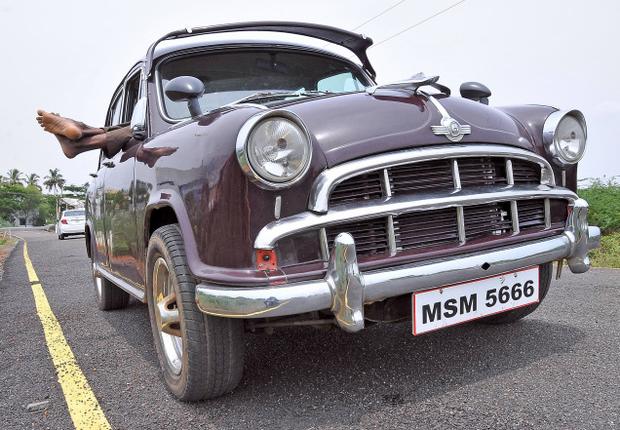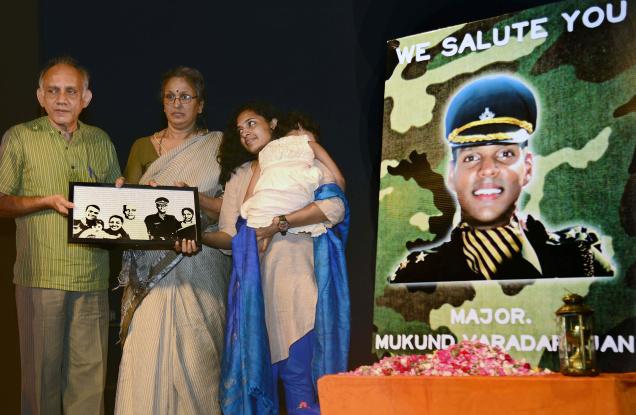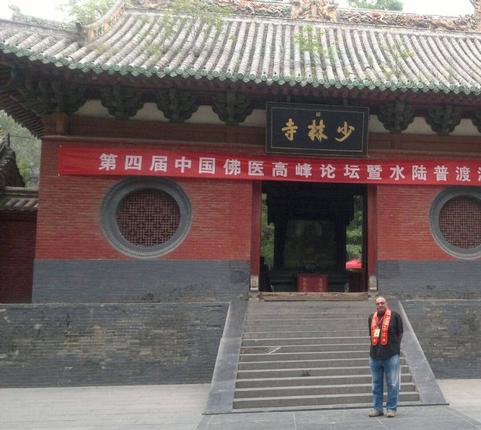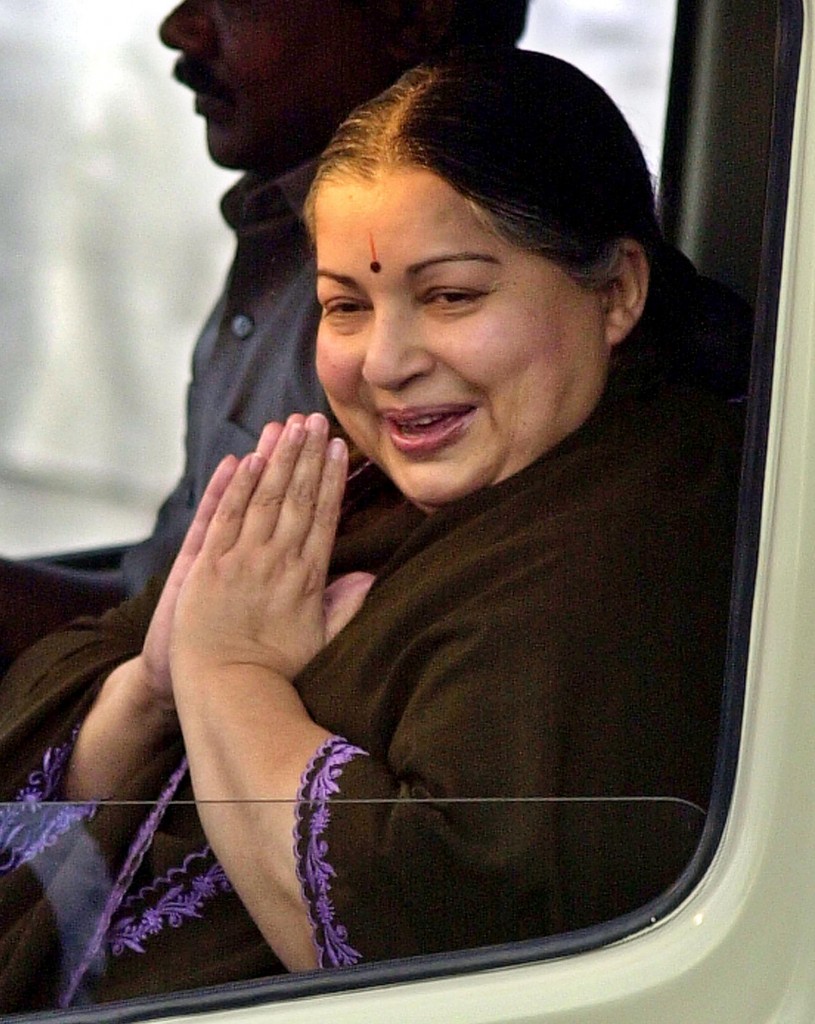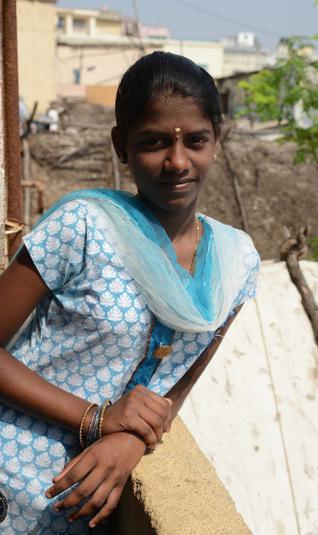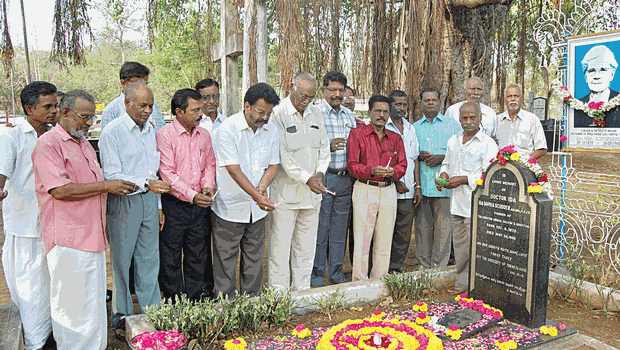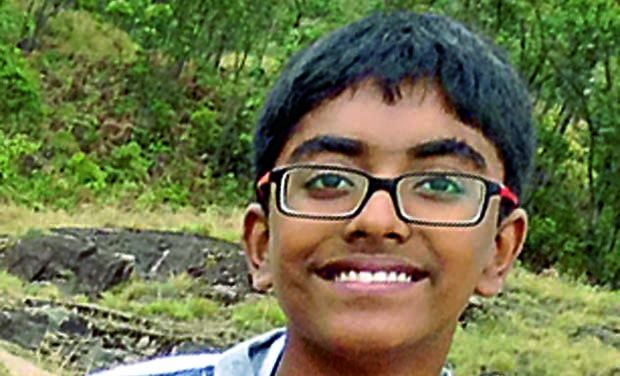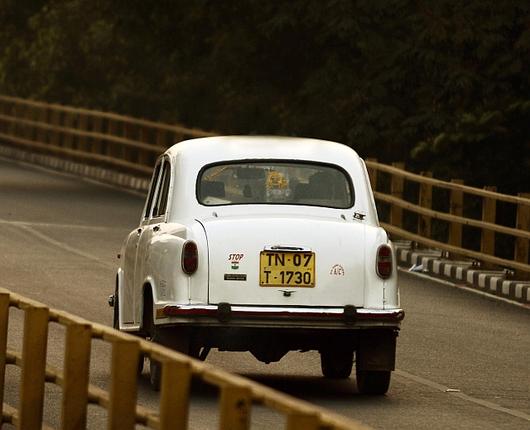
It once ruled our roads. It still rules our hearts
In the 1990s, Bjorn Borg cut a sorry figure as he faced younger players with his anachronistic wooden racquet. This man, who picked up Grand Slam titles with the ease of someone gathering sea shells, put up a dismal show during the comeback trail, failing to win a single match. Tennis had shifted gears from finesse to power, and Borg was too stuck in the past to make the adjustment.
The Ambassador’s story shares similarities with Borg’s. A symbol of social significance and an icon of power for decades, the Hindustan Ambassador lost its way when the field got wider allowing for more cars to compete for the buyer’s wallet. With a design that seemed to be cast in stone, the Ambassador was pitted against sleeker modern cars that were responsive to even minor shifts in buyer’s preferences. The writing was on the wall, for everyone to see, so clear that aliens in outer space could not have missed it. And therefore, the news of Hindustan Motors stopping production of Ambassadors at its Uttapara plant in West Bengal has been received with more sadness than surprise.
It is actually not so much sadness as an unsettling sense of loss. The car has been so much a part of the landscape, so us, so Indian, that it does not feel right to have it removed from us.
A white Ambassador with a red beacon light on top symbolised power for us. A politician or a bureaucrat somehow looked incomplete without an Ambassador. Painted yellow-and-black, the Amby played another role admirably, that of a taxi, gathering unlikely bands of admirers. In 2013, the Hindustan Ambassador was chosen as the world’s best taxi at Beaulieu’s World of Top Gear show. This humble car from India is reported to have made it by besting tough contenders from Britian, Russia, Germany, South Africa, America and Mexico.
The Amby has found its place among the cars of the world and has its loyal fans, which include youngsters who were born much after Maruti Suzuki 800 arrived with its impressive pick-up, compact body and attractive looks.
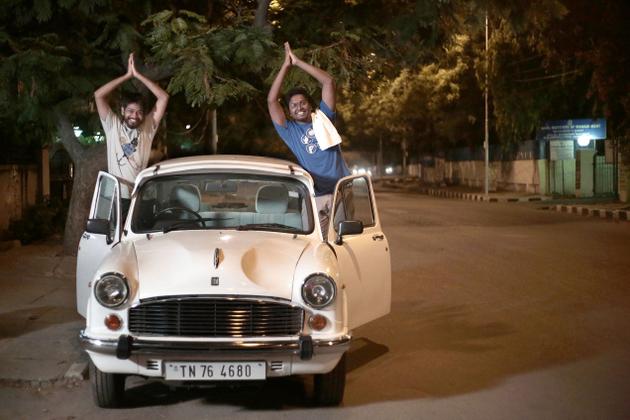
Joseph Rajini Asir destroys the theory that only people over 35 are charmed by the Amby. All of 24, he spells out his distress over what has happened to this car, and he is not making such remarks to blend in. Five months ago, this young man became a proud owner of an Ambassador. Employed with Amazon.com and a freelance photographer, he had been putting aside money towards buying one.
“Our family has had a relationship with the Ambassador. My grandfather Durai used to drive a Landmaster,” Joseph explains what led to his purchase of an old Ambassador with a carburettor-fed engine.
Enthusiasm of this kind for the Amby is rare among those in their early-twenties. Because, from the early days of their lives, they would have had a raft of modern cars to gaze at and the Amby would have seemed very distant from their times. That is because the car did not undergo major changes for a large part of its life. Mechanics and Amby collectors would tell you that the Amby rolled out in 1990 was essentially the same as the one in 1958, with the majority of the differences just surface-deep.
“A plethora of important elements, such as the gearbox and suspension parts could be interchanged between Ambassadors in the Mark I to IV family,” says R. Gunasekar, who is employed with Popular Motor Corporation.
Others like vintage and classic car collectors Jayaram brothers — Sri Kumar and Jai Kumar — who have had Ambassadors ranging from Mark I to Mark IV, at different points of time, would agree with him.
Patterned on the Morris Oxford II and the Morris Oxford III respectively, the Hindustan Landmaster and the first Ambassador model, often conveniently referred to as Mark I, were like cousins who clearly appeared to have come from a common stock, but also looked markedly different from each other, helped by factors such as dimples, deep-set eyes and the arrangement of teeth. Distinguishing features of the Ambassador included a dimpled hood, a three-spoke steering wheel (the Landmaster had a two-spoke wheel), tail fins and deep-set cowls for the headlamps.
In contrast, the Ambassadors through Mark I to IV were like children born to the same couple and were similar in many more respects and could be retrieved and grouped together even if they were lost in an ocean of humanity. The frontal section helped differentiate between these Ambassadors; other parts of the car, including the dashboard and the lamps, also underwent some changes. It was this generation of Ambassadors that established the idea that these cars had a common core that shone brightly though their dissimilarities. A path-breaking development took place in this generation: a variant of the Mark IV received a BMC B-series diesel engine and is now credited with being the first diesel car produced in India.
Beginning with the launch of the Nova, which came on the heels of the Mark series, a desperate attempt was made to infuse a sense of variety into the brand so that potential buyers did not feel starved of choices. The exercise extended to the current generation of Ambassadors (or, should it be called the last?), consisting of Classic, Grand, Avigo and Encore. Efforts were also made to bring these cars on a par with the best in their category in terms of technology and visual appeal.
From the time of Nova, attention was paid to the steering column for the sake of safety and suspension and braking system were improved considerably,” says Gunasekar.
Despite this exercise, the Ambassador continued to be seen as a brand that underwent only nominal design changes. Admirable continuity, you may call it, but the apparent sameness did not make the car popular with a generation that is spoilt for choice and is always looking for new experiences.
Families began to gravitate towards other cars entering the expanding market. However, for a long time before the canker dug its feet in, Ambassador continued to be the car of choice for politicians and bureaucrats. It also continued its grip on the taxi business. In fact, even now, when the Indica seems to dominate the scene, the Ambassador has a following.
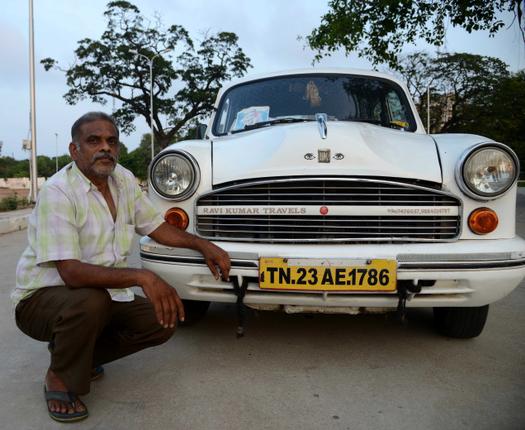
Ravi Kumar, who runs an eponymous car travel company in Mylapore, is known as ‘Ambassador’ Ravi. He would not let go of his 2008 Avigo because he has found regulars who would not settle for anything other than an Ambassador. “I know people from Malaysia who ask me to bring my Ambassador when they are here in Chennai,” says Ravi, who longs for the days when the Amby ruled Indian roads.
“At one point, in my travel company I was running 15 Ambassadors that were my own and 40 others that belonged to other people. The advent of the call taxi business has pushed out the Ambassadors. But, there are still people who want the Amby,” says Ravi.
Call it wishful thinking or anything you want, but this is what Joseph believes in: “The Amby is here to stay.”
source: http://www.thehindu.com / The Hindu / Home> Features> MetroPlus> Melange / by Prince Frederick / Chennai – May 30th, 2014
